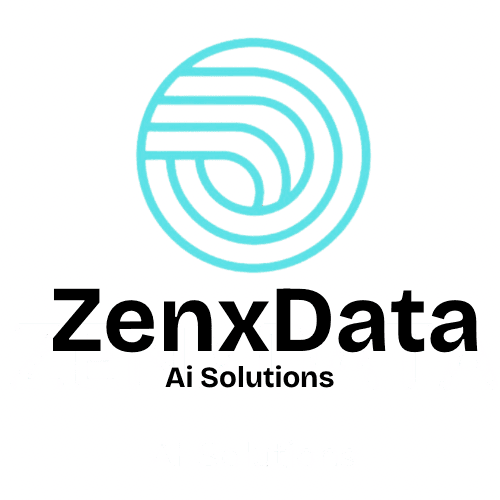Enhancing AI Model Performance: The Role of Data Collection and Validation
Introduction to AI Model Performance
In the rapidly evolving field of artificial intelligence, enhancing model performance is a key objective for researchers and practitioners alike. Central to this pursuit is the process of data collection and validation, which serves as the backbone for training robust AI models. Properly collected and validated data ensures that AI systems can perform tasks with greater accuracy and efficiency.

The Importance of Quality Data
Quality data is the foundation of any successful AI model. It is essential to gather data that is not only abundant but also relevant and diverse. This ensures that the model can generalize well to real-world scenarios. Inadequate or biased datasets can lead to models that perform poorly or exhibit unintended biases, compromising their reliability and effectiveness.
To achieve quality data, it's crucial to define clear criteria for what constitutes relevant data. This process often involves collaboration with domain experts who can provide insights into the nuances of the data and its implications for model performance.
Data Collection Strategies
Effective data collection strategies are vital for gathering high-quality data. These strategies should be designed to minimize bias and capture a comprehensive representation of the task at hand. Common approaches include:
- Automated Data Collection: Utilizing web scraping tools and APIs to gather large volumes of data efficiently.
- Manual Data Annotation: Engaging human annotators to label and classify data accurately.
- Data Augmentation: Creating synthetic data through techniques such as image rotation, flipping, or adding noise to enhance dataset diversity.

Ensuring Data Validity
The validity of the collected data is paramount to the success of an AI model. Validation involves verifying that the data accurately represents the real-world phenomena it is intended to model. This process often includes cross-referencing data points with trusted sources, conducting statistical analyses, and employing validation techniques such as cross-validation in machine learning tasks.
Employing rigorous validation techniques helps in identifying errors, inconsistencies, and potential biases within the dataset, allowing for corrective measures before feeding the data into the AI model.
Challenges in Data Collection and Validation
Despite its importance, data collection and validation come with a set of challenges. These include:
- Data Privacy: Ensuring compliance with legal standards such as GDPR while collecting sensitive information.
- Resource Intensity: The need for significant computational resources and human effort in collecting and validating large datasets.
- Dynamic Data: Adapting to changes in real-world conditions that require continuous updating of datasets.

The Role of Technology
Advancements in technology play a crucial role in addressing these challenges. Tools powered by machine learning and AI themselves are being developed to automate parts of the data collection and validation process. These tools can flag anomalies, highlight areas where more data is needed, and suggest improvements to existing datasets.
By leveraging technology, organizations can streamline their workflows, reduce errors, and enhance the overall quality of their datasets.
Conclusion
Enhancing AI model performance through effective data collection and validation is a continuous journey that requires meticulous planning and execution. By prioritizing quality data and employing robust validation techniques, practitioners can build AI models that are not only accurate but also reliable and fair.
As AI continues to grow in importance across various industries, investing in better data practices will be instrumental in unlocking the full potential of these transformative technologies.
